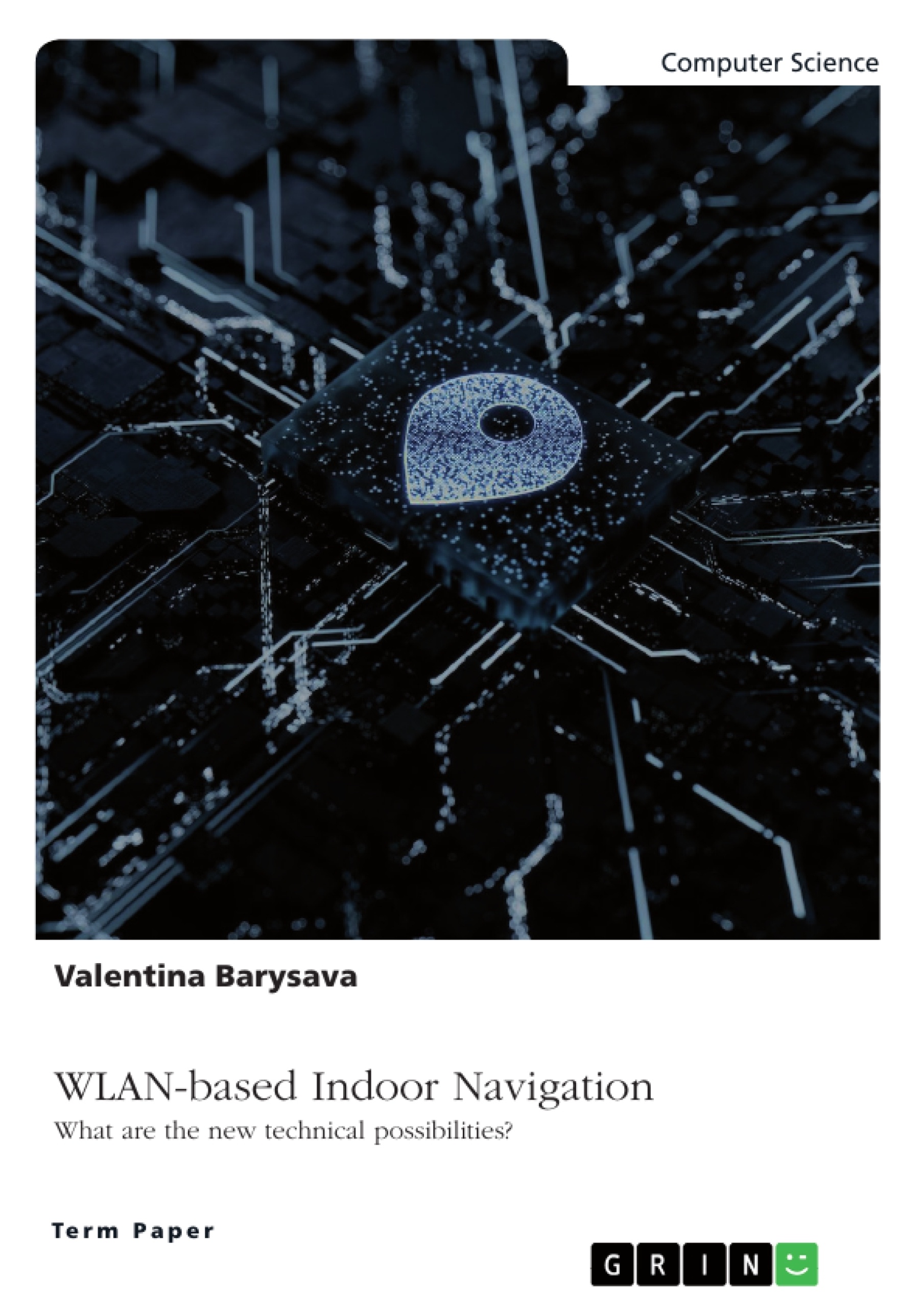The paper is intended to give the reader an overview of WLANbased indoor navigation. In addition, it is shown that such navigation is already possible within buildings and it also shows which obstacles still exist. Due to the rapid development of mobile devices, especially with regard to their performance, the possibilities of navigation with these devices are increasing. Especially in the area of indoor navigation there is still a lot of potential. The problem is that the GPS signal is not available inside buildings and therefore navigation is not possible with normal applications, as these no longer receive a signal from the satellites and thus the position of the mobile device can no longer be determined.
For this problem, the technical variants of indoor navigation are used, which are explained in this paper. However, the possibilities of indoor navigation also have their problems. Many technologies have a high initial cost, as the map material first has to be made available and usually has to be digitised first. In many areas, the technology must first be retrofitted in order to really achieve the desired performance. The accuracy of position determination also plays a role, so it is important that the technology can guarantee high accuracy in position calculation.
The topic is of particular relevance to us because these technologies have great potential and enable seamless navigation within buildings. It is precisely the multitude of possibilities that makes the topic very interesting and it is important to find out which of these technical possibilities are really suitable for use and so interesting for the user.
Inhaltsverzeichnis (Table of Contents)
- Introduction
- Motivation
- Aim of the work
- Delimitation of the research topic
- Definition of important terms
- Current state of practice
- Sensor-supported WLAN-based technology
- The fields of application
- Conclusion
- References
Zielsetzung und Themenschwerpunkte (Objectives and Key Themes)
This term paper focuses on WLAN-based indoor navigation, exploring the technical possibilities and limitations of this technology. The paper aims to provide a comprehensive overview of the current state of the art and identify potential improvements in the accuracy and effectiveness of indoor navigation systems. It particularly highlights the use of fingerprint positioning via WLAN as a viable and cost-effective solution.
- Technical possibilities and limitations of WLAN-based indoor navigation
- The use of fingerprint positioning via WLAN for indoor localization
- Current state of the art in indoor navigation technology
- Potential improvements in accuracy and effectiveness of indoor navigation systems
- The relevance and potential of indoor navigation technology in various settings
Zusammenfassung der Kapitel (Chapter Summaries)
The introduction provides context for the research by discussing the growing need for indoor navigation solutions due to the limitations of GPS technology within buildings. It highlights the potential of WLAN-based indoor navigation, emphasizing its cost-effectiveness and widespread availability.
The chapter on "Definition of important terms" introduces key concepts such as indoor navigation, fingerprint positioning, gyroscope sensors, acceleration sensors, and path algorithms. These definitions provide a foundation for understanding the technical principles underlying WLAN-based indoor navigation.
The chapter on "Current state of practice" explores the current state of WLAN-based indoor navigation technology. It delves into the use of sensor-supported WLAN technology and its applications in various fields, providing insights into the practical implementation and benefits of this technology.
Schlüsselwörter (Keywords)
Indoor navigation, WLAN, fingerprint positioning, BSSI values, gyroscope sensors, acceleration sensors, path algorithms, sensor-supported technology, applications, cost-effectiveness, accuracy, effectiveness, state of the art.
- Quote paper
- Valentina Barysava (Author), 2014, WLAN-based Indoor Navigation. What are the new technical possibilities?, Munich, GRIN Verlag, https://www.grin.com/document/497993




